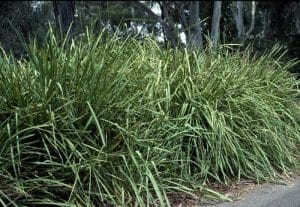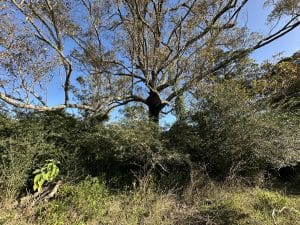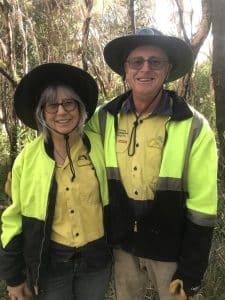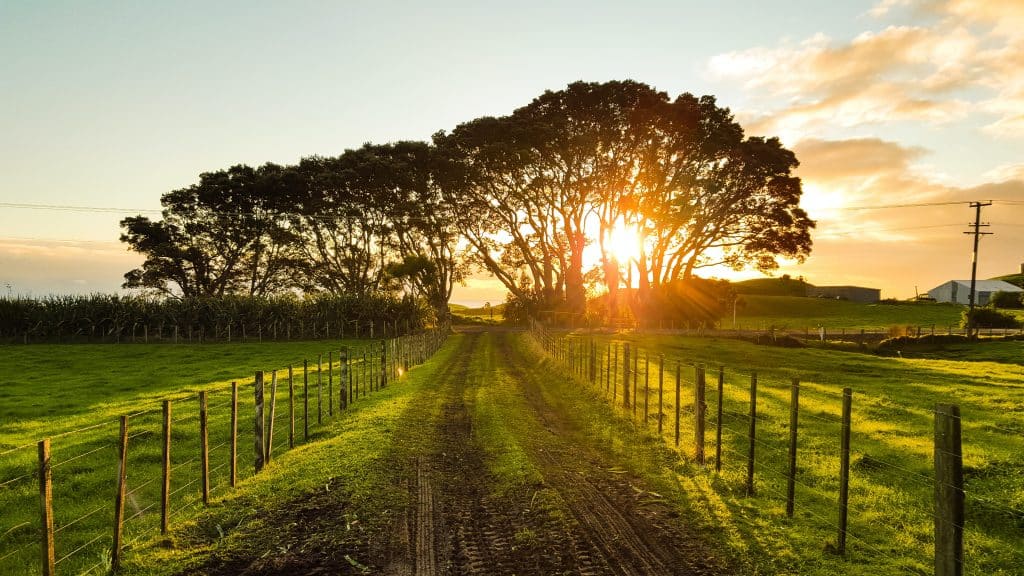
By Isabelle Strachan.
Here at Mid Coast 2 Tops, we often talk about natural regeneration and approaches to ‘restoring’ native vegetation. Throughout Stage I of the Private Land Conservation project in the MidCoast region, I have had the opportunity and pleasure to visit many landholders through our Land for Wildlife program. The properties I visit range from small coastal holdings with remnant bushland, to large farms and remote bushland acreages in the upper catchment areas. All the properties I visit have had some historical disturbance – logging, farming, fire (wild fire or too frequent pasture burns), flooding, clear-felling and other human intervention. Most also have some level of weed infestation, often have feral animal impacts and may have suffered the compounding impacts of extreme weather events over the last five years (drought, fire, floods). The Landholders I meet are seeking advice to better manage their land to support biodiversity.
Whilst restoration of natural areas is not rocket science, the devil is truly in the detail with all restoration works, which is why we always recommend seeking expert advice when starting on a new project. Assessment of key natural assets (flora, fauna, habitat condition, resilience and quality, to name a few) and threats to these natural resources (weeds, feral animals, erosion, grazing pressure, pollution, fire interval, that is, historical land use, etc) is part of this process, as outlined in earlier articles.
However, perhaps the most important action a landowner can take at the start of their restoration journey is to simply observe the land and take note of what is happening naturally, especially once the main threats are removed, reduced or otherwise managed. This may be fencing stock out of gullies and creeks; it may be reducing stocking levels and altering slashing/ fertilising regimes. It could be strategically treating weeds, reducing fire interval on paddocks or restoring natural hydrological flows on low lying lands. More complex management actions may include mitigating erosion or reducing nutrification of the site. The most complex sites have had serious soil disturbance and suffer not only loss of forests(and the fauna that live in them) and other native vegetation, but also major destruction of soil structure, biology and diversity. These sites require intensive management to reconstruct native ecosystems.
However, the simple act of removing or reducing grazing / slashing pressure, can be profound on over-cleared landscapes. Very soon after the threat has been mitigated, native species will start to pop their heads above rank pasture or blady grass thickets, and within a few short years, a dense stand of native vegetation will establish, shading out some nuisance pasture weeds. Weed recruitment will also be a part of this process in most cases, and in some areas, is a major management problem that will require active intervention. However, native regeneration is usually equally prolific, and with a little help (e.g. strategic weed management), will develop healthy native vegetation stands naturally, without any need for active planting. This is largely due to the high resilience of the MidCoast landscape, but also because many of our native plant species have evolved to disperse their propagules large distances with the aid of vectors, such as fauna, wind, water.
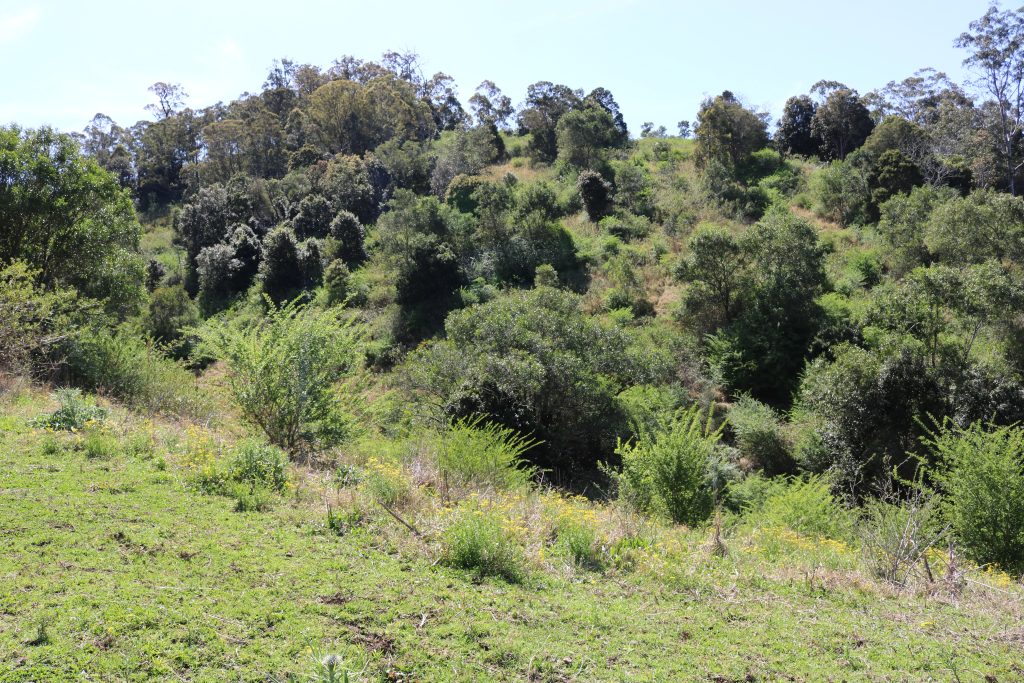
Whilst weeds, such as Privet and Lantana are a part of this regeneration process, with the simple act of removing grazing pressure and annual paddock burns, this property is undergoing transformation with mass regeneration of local native vegetation. With some careful weed removal, the entire property will be transformed into a healthy, diverse and functional ecosystem within decades.
One argument for planting in regeneration areas is to restore local diversity of vegetation, and it certainly seems apparent that some native plant species are quicker to colonise disturbed areas than others (a natural process called succession). On first appearances, it seems reasonable to aim to ‘recreate’ a climactic forest brimming with a diverse array of species that we predict may have existed on the site prior to colonisation. And there many tools to assist in the determination of pre-disturbance vegetation composition, such as the TreesNearMe App. However, if one considers the time it takes to develop an old growth, climactic forest, the last 200+ years of disturbance are going to take some time to restore. Additionally, the soil may no longer be able to support the pre-colonial vegetation on a disturbed site. 200 years of clearing, grazing (soil compaction and nutrification) and altered fire regimes, along with massive top soil disturbance and loss after clearing, will have altered the carrying capacity of the landscape to return to its pre-disturbance structure and composition. Throw in a bit of climatic chaos (elevated atmospheric CO2, more severe weather, warmer seasons etc) to further complicate things, and you will see the real benefit of watching your patch for a number of years before deciding to plant your patch.
The benefits of allowing nature to take its course are many, including (but not limited to):
- Cost-effectiveness: Supported natural regeneration is typically more cost- and time-effective than active planting, as it requires less labour and materials, which means you will have more time (and money) to support the regeneration through careful weed management.
- Diversity: Supported natural regeneration can result in more diverse plant communities than active planting, as it allows for the natural recolonization of the site by a wider range of species.
- Resilience: Supported natural regeneration can help to create more resilient plant communities because locally recruited species will be more suited to the local conditions (soil, aspect, water availability, exposure, etc) and thus may be more successful in the long term, than planted vegetation.
In Europe, this process is called “ReWilding” and has been gathering momentum in recent years, as outlined in this recent article in The Guardian, and through organisations such as Rewilding Britain. Government funded programs in the UK have purported this approach, but with very constrained guidelines that do not take into account the capacity for seed propagules to travel over long distances via natural vectors, such as birds and bats. However, the results speak for themselves, and the article highlights some success stories utilising the process of natural recruitment on private lands where early adopters have established healthy forests within 20 years of commencing a ‘Rewilding’ project.
Locally, the Australian Association of Bush Regenerators (AABR) has always promoted the benefits of facilitated regeneration over active planting for decades, through their education materials and newsletters, and their website provides a treasure trove of information for those interested in the topic.
Isabelle Strachan PLC Officer -This article is part of the Partnering in Private Land Conservation. A joint initiative delivered by Landcare NSW and the NSW Biodiversity Conservation Trust.


